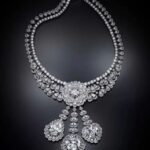If the “dopamine” style that emerged in the summer of 2023 brought joy through vibrant color clashes, this year’s appearance of a beam of light has made colors even more soul-soothing. This is the “Tyndall” style.
Using gradients and blends of multiple similar colors, it creates a light and transparent atmosphere that is both warm and soft. When the golden light beam of the Tyndall effect is cleverly incorporated into jewelry design, a romantic encounter between light and shadow, nature and art unfolds.
What exactly is “Tyndall” fashion? When a beam of light passes through a colloid, a bright “pathway” can be observed perpendicular to the incident light within the colloid.
This is the well-known Tyndall effect. This physical phenomenon not only appears in nature but has also been adopted in fashion. Drawing inspiration from changes in light and shadow and color layers, it simulates the flowing sense of light and dark gradients that occur with sunlight changes, integrating light and color to create an atmosphere that is both romantic and full of vitality.
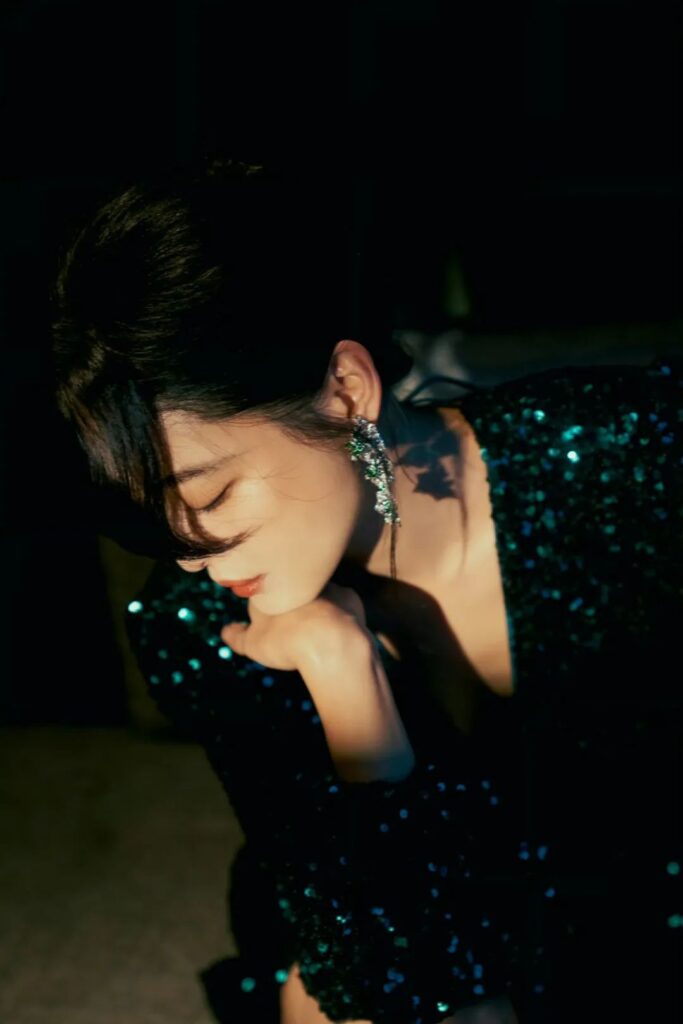
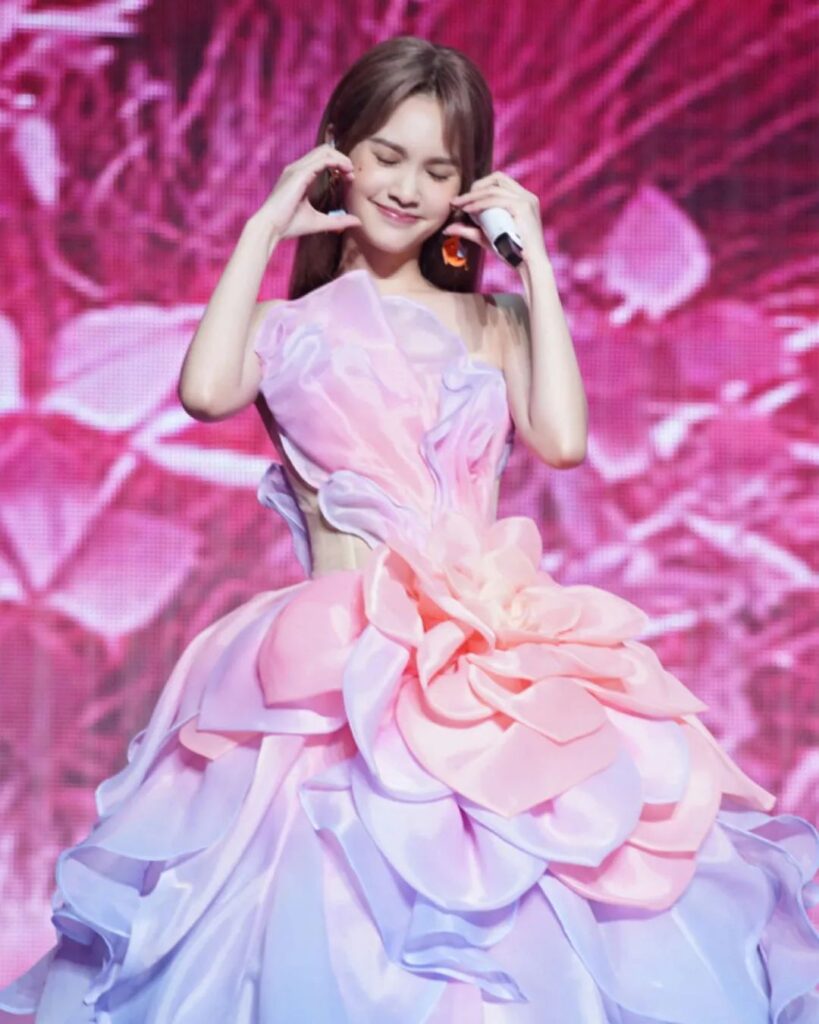
This year’s fashion shows can be said to have emitted the first beam of “Tyndall” fashion.
Prada’s Spring/Summer 2024 collection used lightweight, flowing fabrics in the same color family to extend dresses. The hand-crafted fine-spun organza and transparent silk fabrics perfectly showcased the hazy beauty when light and color merge.
At Max Mara’s Spring/Summer 2024 show, the designer used gradients of the same color family, combined with delicate thoughtfulness, to fully display feminine power.
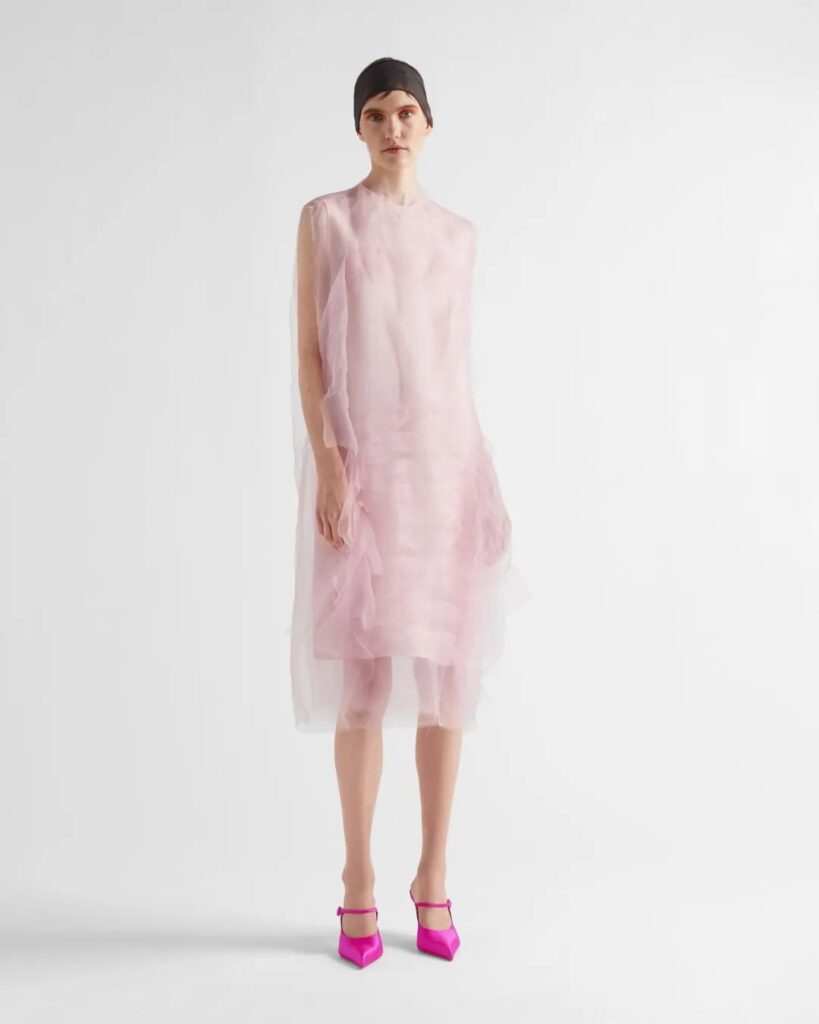
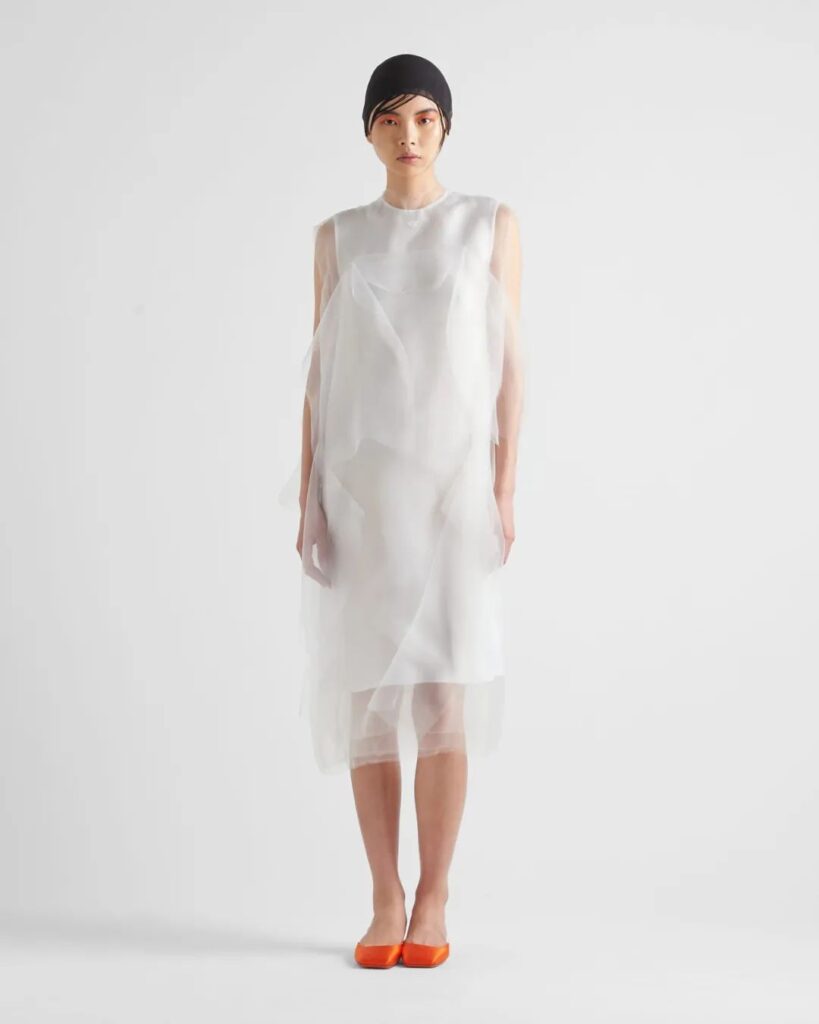
From these runway combinations, we can easily see that the use of color is a crucial element in “Tyndall” fashion. Each color is interconnected and echoes the others.
First is the gradient matching within the same color family, choosing colors of the same family but with different depths and brightness, such as from light pink to deep red, or from light blue to deep blue, etc. Transitioning from one color to another creates a visually layered effect that is both simple and sophisticated.
Even intense orange and vibrant yellow, colors closely associated with sunlight and more distinctive personalities, can make the overall look more harmonious in such combinations.

Want to make your outfit stand out more? Why not try color blocking?
Unlike the “dopamine” style, the color blocking in the “Tyndall” style actually chooses combinations of adjacent colors on the color wheel, such as blue and green, pink and purple, or red and orange. This fully expresses the rhythmic feel brought by spring and summer colors.
Although adjacent color matching isn’t as bold as contrasting colors, it adds more interest than monochromatic schemes.
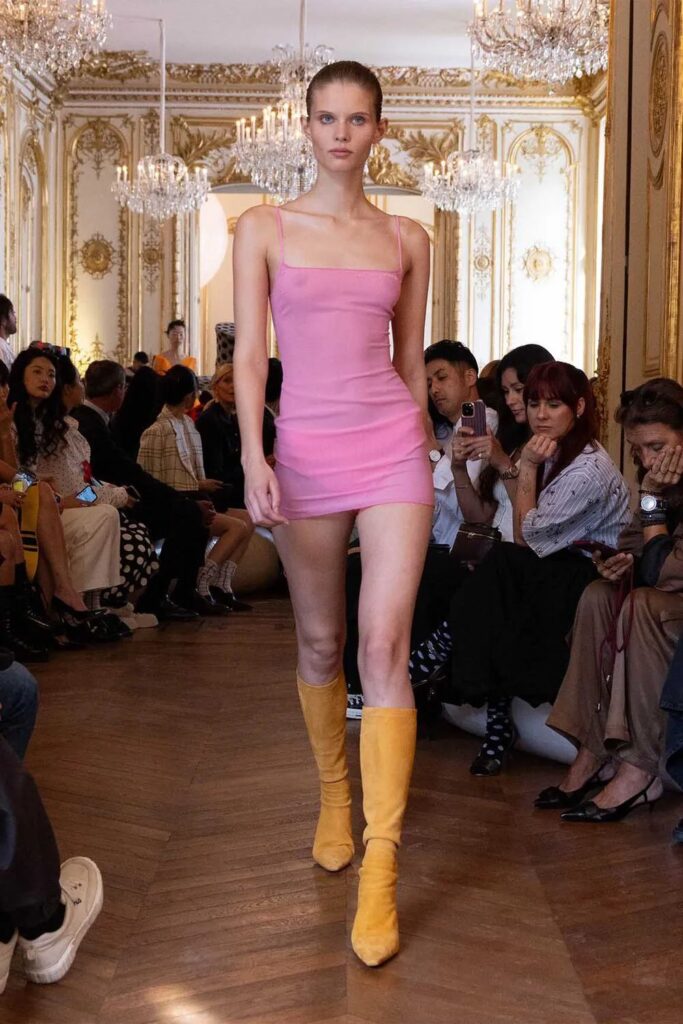
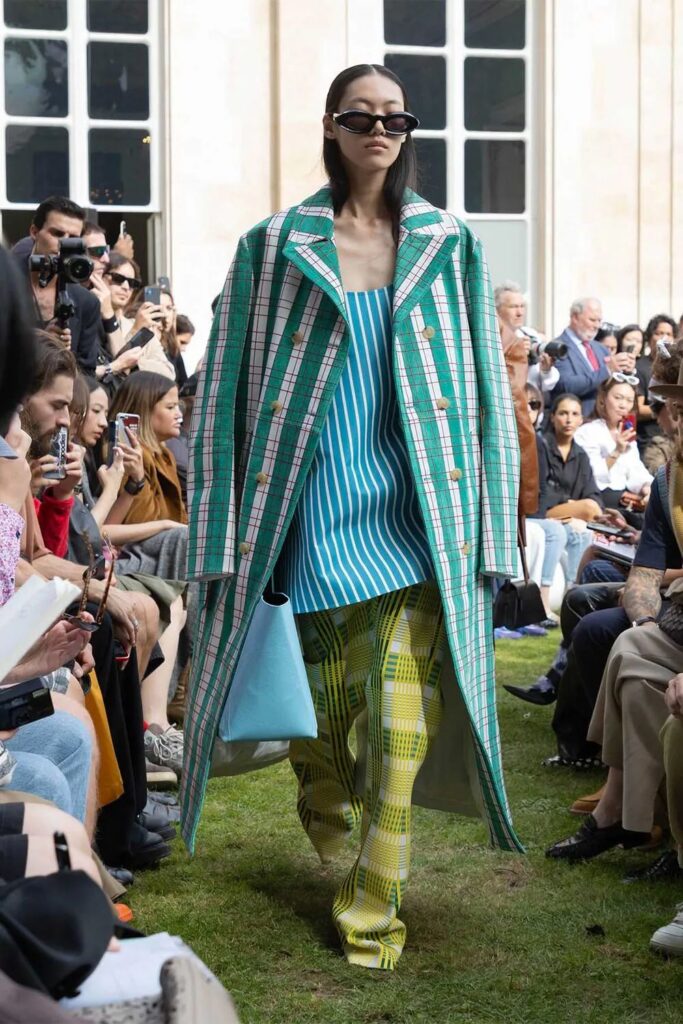
The fresh scent of raw wood in the forest, the dappled shadows cast by herb leaves in sunlight, the mist permeating the woods, and soft beams of light… all of these can actually be “worn” on the body. Through layering and gradients primarily in green, they collectively form the “Forest Tyndall” look.
When the sky is still immersed in the faint hues of night, dawn quietly arrives, bringing the first warm rays of light to the earth. Light yellow, orange, and orange-red, these warm and bright tones, when combined, create the “Dawn Tyndall” effect. The “Ocean Tyndall” is achieved by pairing different shades of blue with white, allowing people to feel the refreshing sea breeze even in the scorching summer heat.
All these colors can find corresponding matches in the world of gemstones, so besides clothing, choosing the right jewelry can also help you effortlessly master the “Tyndall” style.
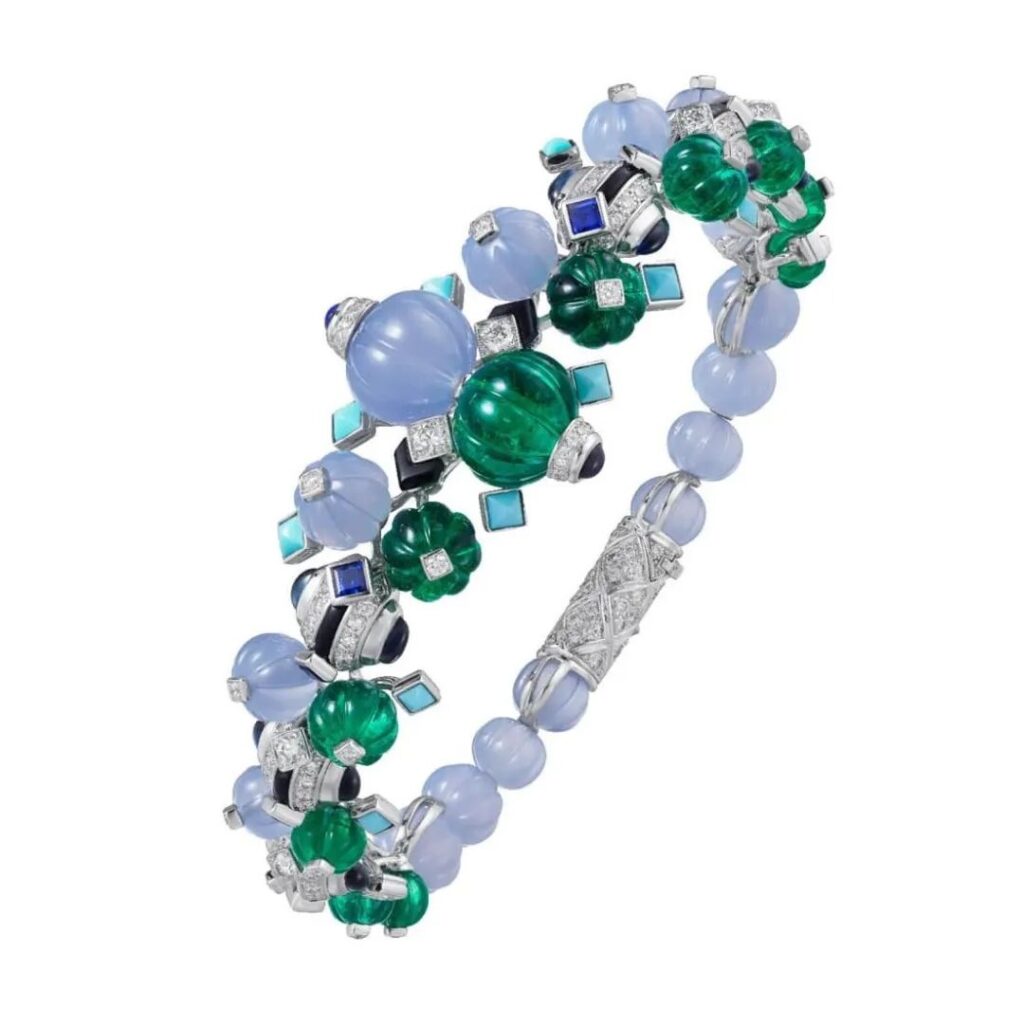
Essaouira High Jewelry Collection Bracelet
Blue chalcedony, emerald, turquoise, banded agate, sapphire, diamond

Blushing Sillage Collection Necklace
As the birthstone for May, emerald can be said to be the perfect representative of the “Forest Tyndall” look. Its rich green color makes it stand out among other green gemstones. Trace elements such as chromium (Cr), vanadium (V), and iron (Fe) give emeralds their captivating colors, ranging from green to blue-green, with a vivid color saturation unmatched by other gemstones.
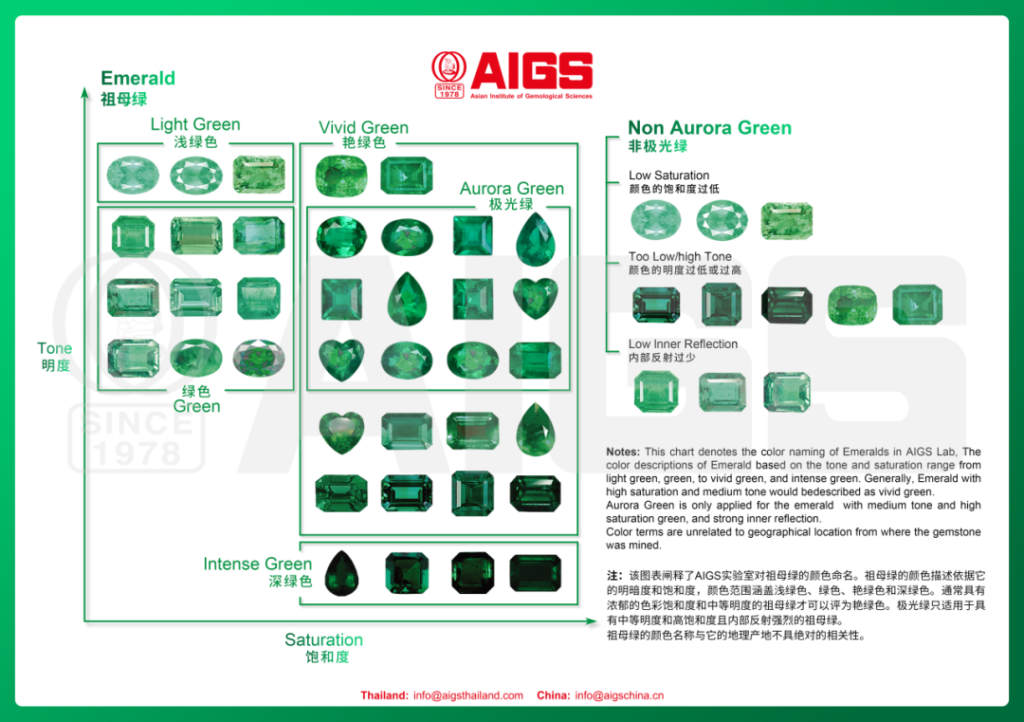
Source: Asian Institute of Gemological Sciences (AIGS)
However, due to the influence of mineral growth environment and inherent mineral characteristics, natural emeralds contain many internal fissures. Because the refractive index of air in unfilled fissures differs from that of the emerald, light bends when it enters, making the fissures more visible.
To improve this situation and better protect the emerald, the rough stones are often immersed in colorless cedar oil after mining. This oil treatment is the only recognized natural enhancement method.
This treatment makes the fissures less noticeable while also creating a more diffused effect when the emerald is exposed to light.
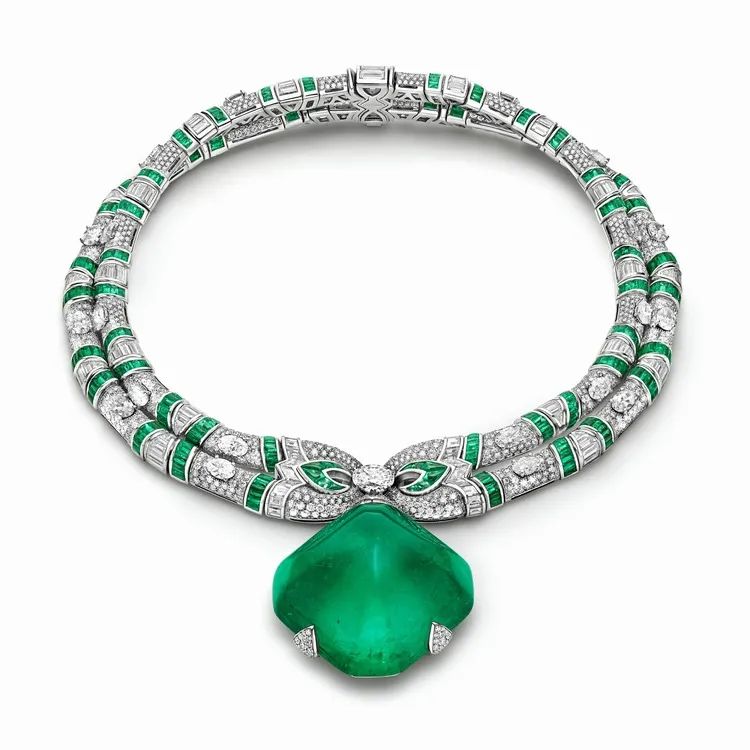
Muse of Rome Necklace
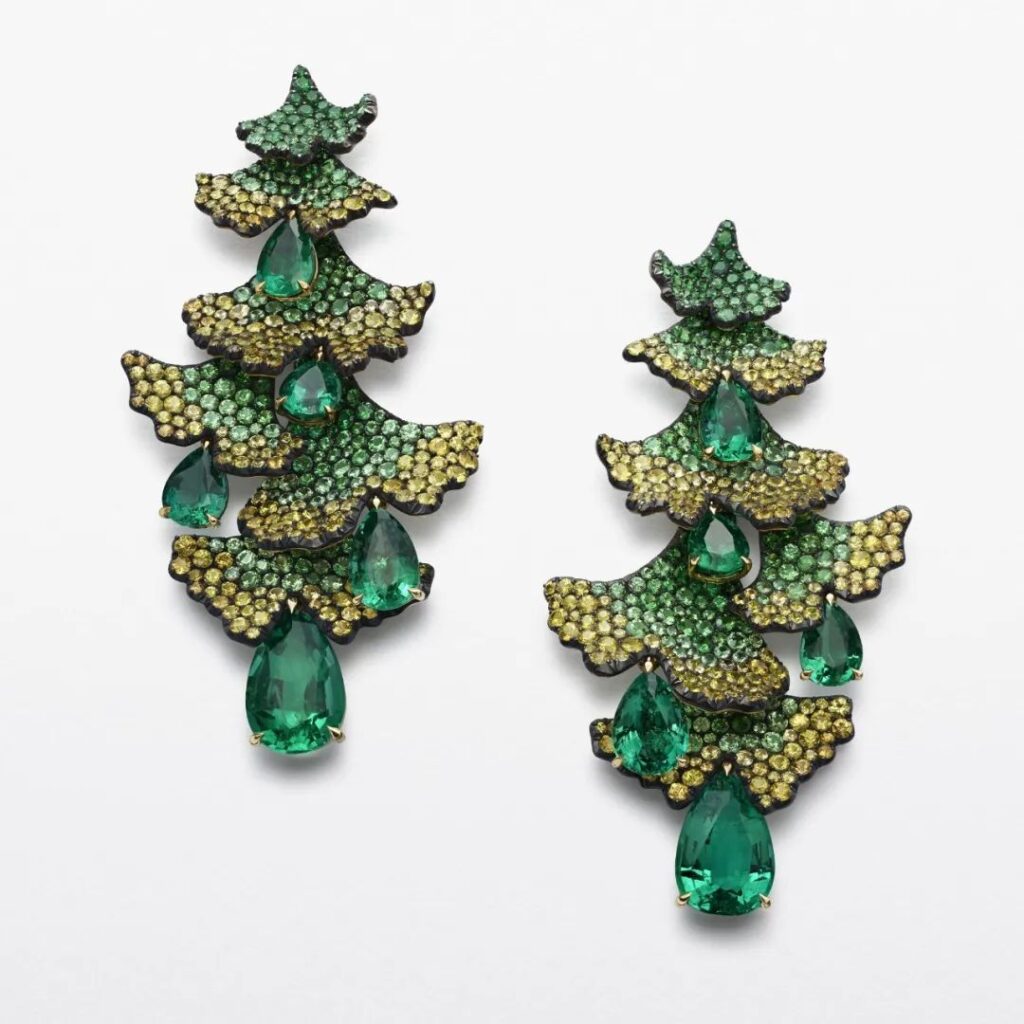
Ginkgo Earrings
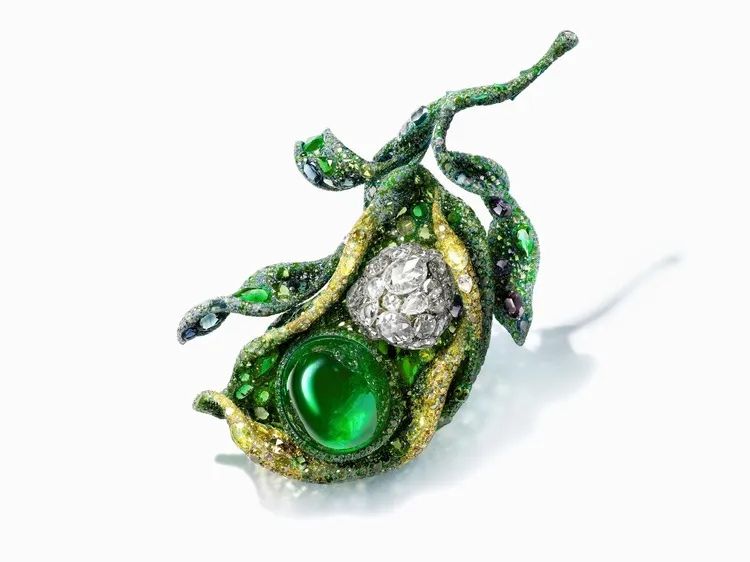
Spring Cardamom Brooch
Opal requires no complex cutting to naturally display a breathtakingly beautiful interplay of light and shadow, which is a rare beauty in itself. Among opals, white opal, in particular, has attracted countless admirers with its subtle colors and unique play-of-color effect, making it a versatile choice for “Ocean Tyndall” combinations.
White opal refers to precious opals that are white or light-colored, transparent to semi-transparent, and exhibit a play-of-color or special flash effect. It’s also known as milk opal. Although not as strongly contrasting as black opal, white opal showcases its unique charm in a subtle and gentle way. This hazy beauty allows people to find a touch of tranquility and comfort in a bustling world.

Illusion Cocktail Ring
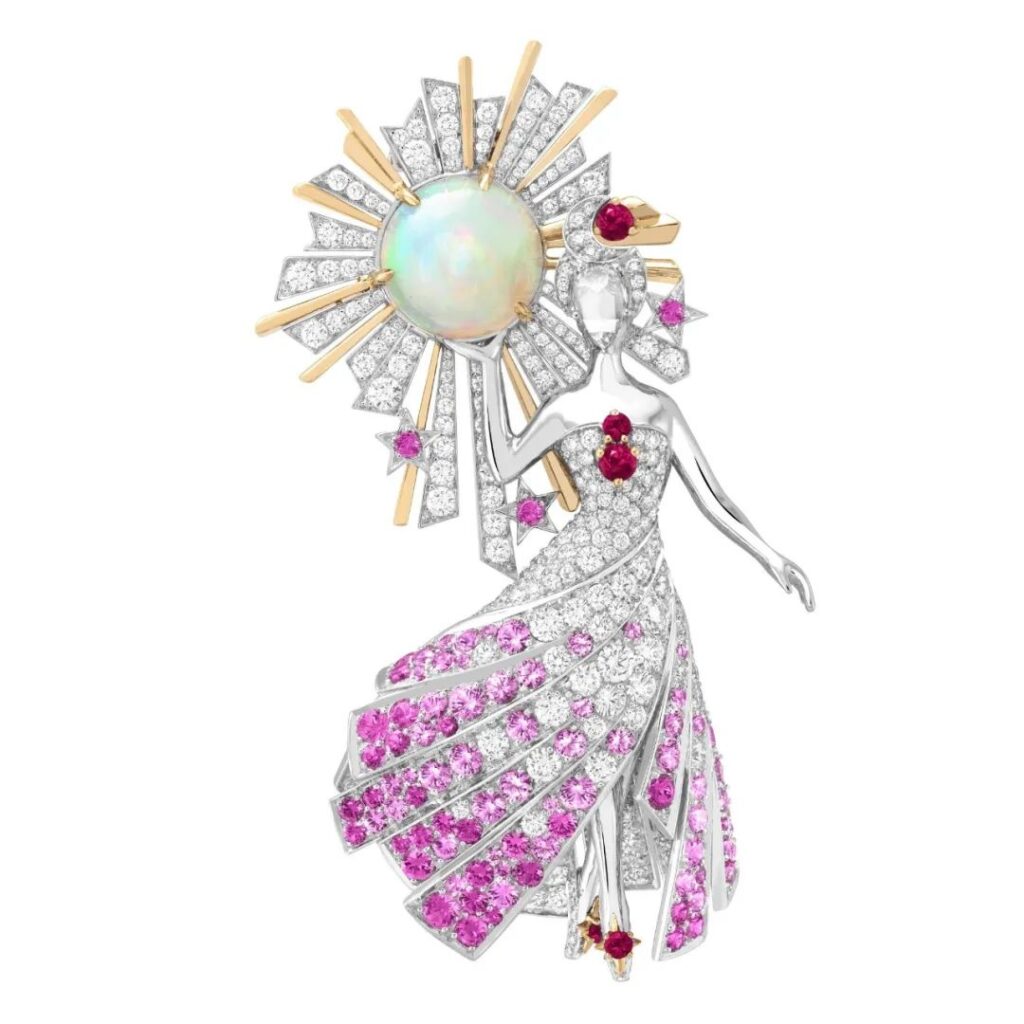
Déesse Mercure Collection Brooch

Featuring a 9.1-carat Mexican white opal as the main stone
Within the sapphire family, there’s a unique pink-orange hue known as padparadscha sapphire. The name comes from the indigenous language of Sri Lanka, “Padmaraga,” meaning the color of the lotus flower. This color, between pink and orange tones, evokes a sense of warmth and is the only colored sapphire with its own name.
Of course, not all sapphires with pink and orange tones can be called padparadscha. Only those with a strict proportion of these two hues between 30% and 70% throughout the gemstone, without any other mixed colors, can bear this name.
For most sapphires, the more saturated the color, the higher the value. However, for padparadscha, medium saturation is usually more valued.
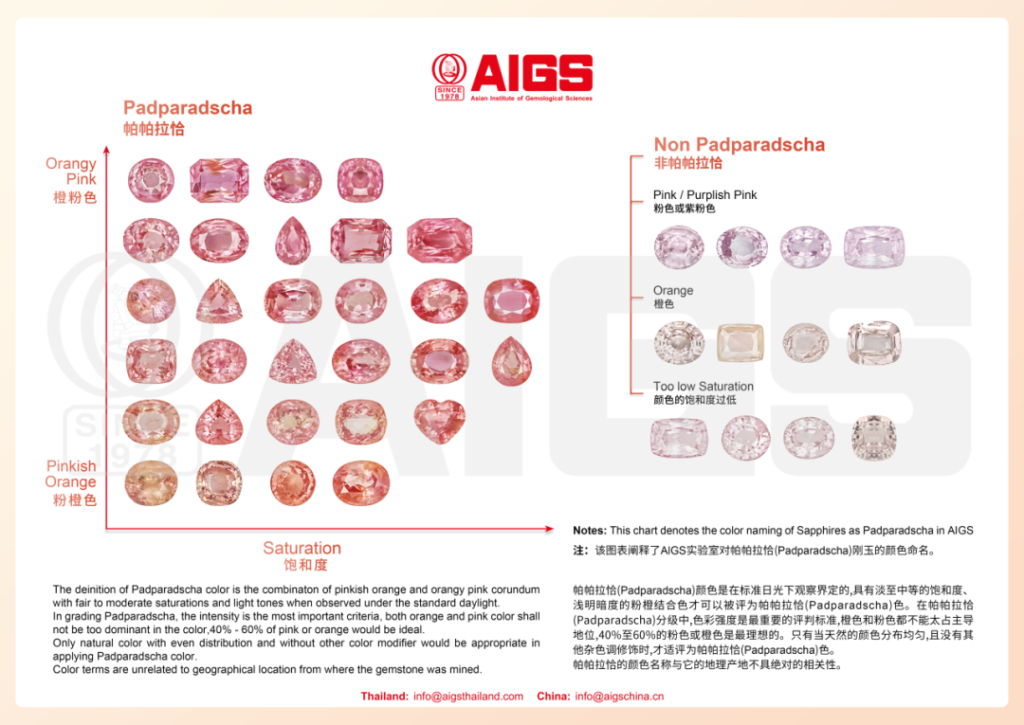
Source: Asian Institute of Gemological Sciences (AIGS)

Padparadscha Pink Sapphire Ring

Padparadscha Sapphire Cocktail Ring
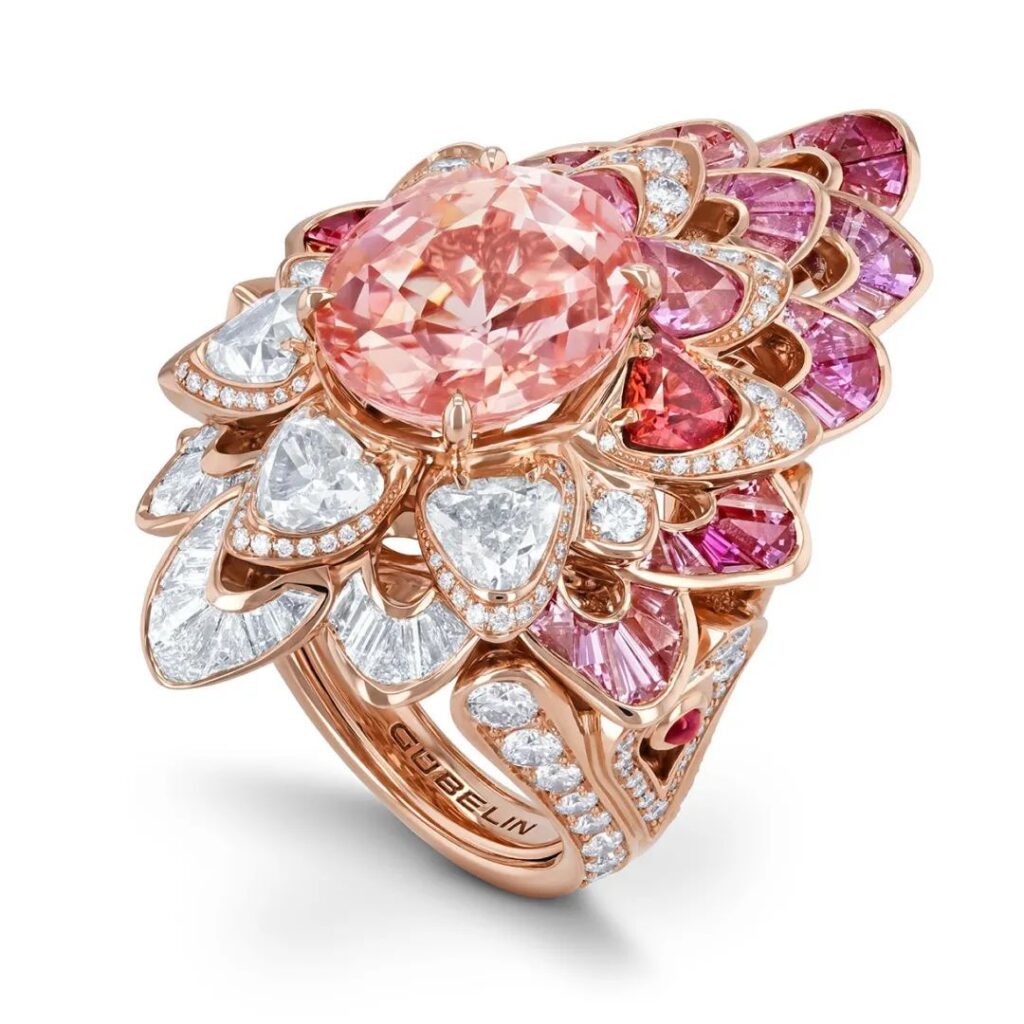
Padparadscha Pink Sapphire Ring
Morganite, known for its gentle light pink and pink-orange hues, is undoubtedly the finishing touch in “Dawn Tyndall” outfits. Accented with soft pink tones, it’s like wearing the first ray of morning sunlight, fresh and gentle.
Morganite gets its color from manganese (Mn) elements, with hues ranging from soft pink to bright orange. What sets morganite apart is its unique pleochroism, meaning its color varies slightly when viewed from different angles. Therefore, when cutting, the faceted top is often oriented to show the richer, more pink-toned color.
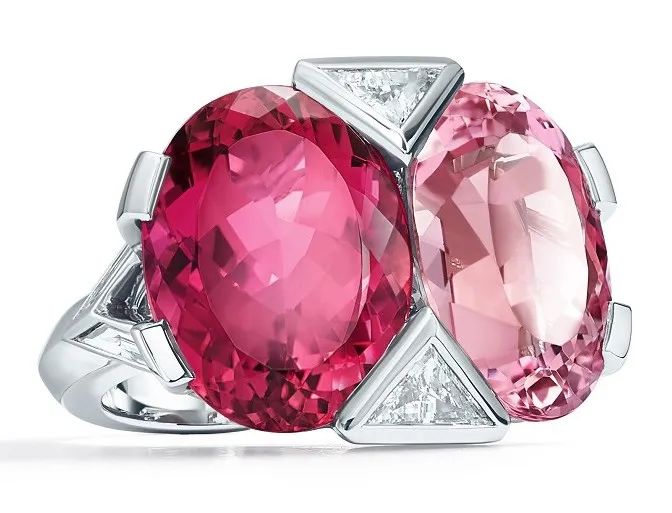
Color Theory Double Main Stone Ring
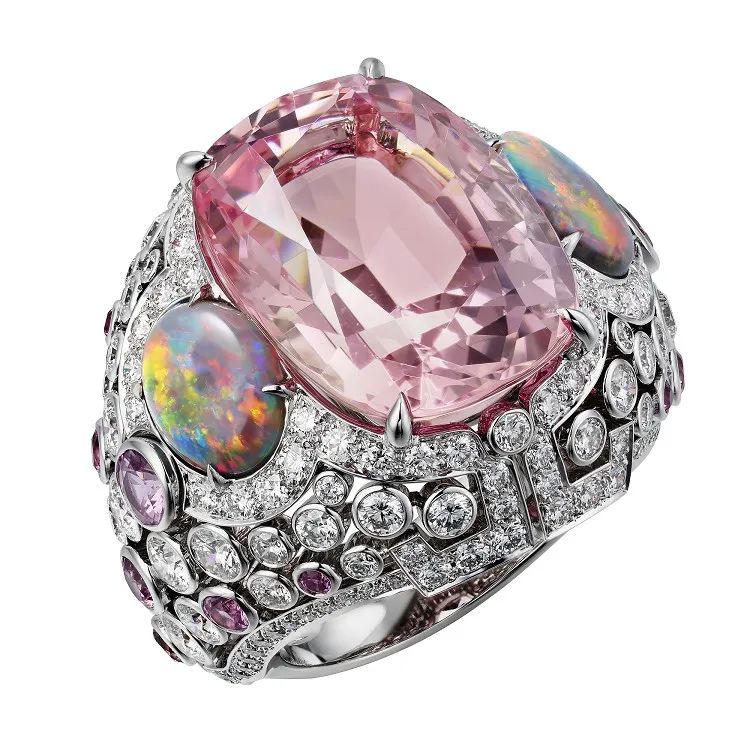
Yoshino Morganite Ring
The soft sunlight falling on the body, the gentle and diffused feeling created by the fusion of light and color, is precisely the core concept that “Tyndall” fashion aims to convey. The uniqueness of “Tyndall” fashion lies not only in its style but also in expressing a sense of freedom: it can be as gentle as a spring breeze, as dazzling as summer sunshine, or flow naturally as one desires.
After seeing all this, has the “Tyndall” style captured your heart? What other gemstones do you think could be used in “Tyndall” outfits? Let us know your thoughts!
Tyndall Effect: From Celebrity Fashion to Jewelry – The Unexpected Radiance Sweeping the Industry
Tweet
Further Reading

